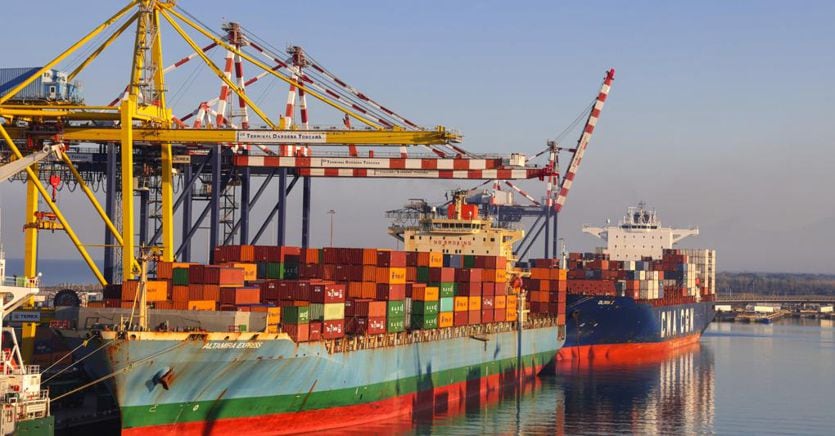From there, once again, volumes began to rise again but hopes of normalization were once again dashed against the Kremlin’s expansionist policies: in 2022 Italian exports collapsed by 25%, last year by another 20%. Paradoxical, in fact, is the fact that a historic trade surplus towards Moscow is being achieved right now, when our annual sales drop to 4.7 billion, the lowest level reached since 2003, six billion less than the peaks of 2013.
THE INTERCHANGE BETWEEN ITALY AND RUSSIA
Loading…
The fall in sales
If it is possible, given the anomalous percentage growth of some neighboring countries, that a small part of the volumes is transiting to neighboring areas bypassing the sanctions, it is clear that overall the Russian market has collapsed for our exporters, in some cases due to the sanctions, more generally for the difficulties in operating in the country and for the reduction in internal demand, which is however visible. Comparing 2013 with 2023, some sectors, such as cars, have completely disappeared while steel products have fallen by 75%. But there is also a vertical decline in sectors linked only to consumption, such as furniture (-68%) or shoes (-60%) or household appliances, down 72%.
The reversal of direction of some districts is striking, such as footwear from the Marche region, for which Russia represented a sort of El Dorado, with companies placing significant shares of their sales in that market, a strategic choice also perceivable by observing the languages of the websites, where Cyrillic was always at the top. The temporal comparison ten years later is dramatic: if Ascoli Piceno exported 56 million euros to Moscow in 2013, now the value is almost zero; for Fermo, the national leader towards Russia among the footwear districts, the figure has gone from 176 million in 2013 to 60 today.
The peak of energy
If 2022 wasn’t brilliant for our sales, it was a black year especially for our purchases, which saw a surge in values linked to the explosion in gas prices. The countermeasures adopted after the invasion of Ukraine to realize the strategic choice of avoiding Russian gas obviously required months to become fully operational and in the meantime Moscow continued to supply us, albeit with smaller volumes. In fact, if in 2021 we had drawn 29 billion cubic meters from Russian gas pipelines, the following year we managed to reduce our dependence to just 14 billion, less than half. Gas, however, was paid at a very high price, which led our trade balance to sink under the blows of imports that rose above 27 billion euros, obviously a new historical high. If 2022 marks a first turning point, with purchase volumes halved, it is in 2023 that the circle is definitively closed, with new flows arriving from Algeria, Azerbaijan and Qatar (liquid gas then processed by regasifiers) allowing us an almost complete stop with Moscow. If in 2021 Russia was still firmly in first place among our gas suppliers, with a value share of 43% of the import of this product, already in 2022 it will drop to 20% (Russia in third place), then to 5.6% in the first 10 months of 2023, all downhill. Looking at purchases from Moscow, if in January 2023 we bought gas for a value of 531 million euros, in October we dropped to just 32 million, 1.5% of the total.
